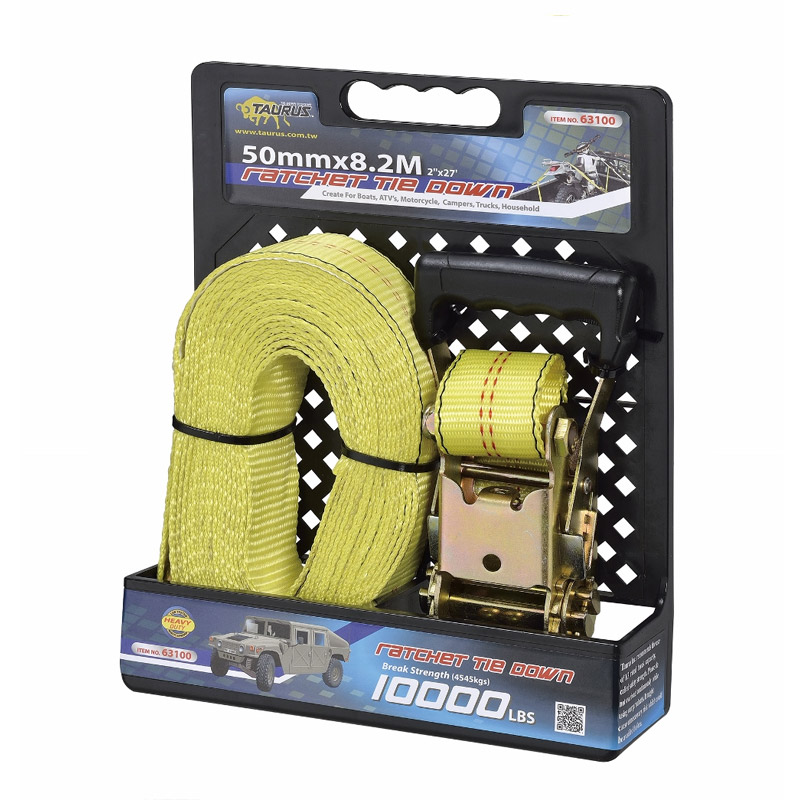Effective Bracing Solutions for Steel Roof Trusses in Construction and Engineering Applications
Steel Roof Truss Bracing Importance and Techniques
Steel roof trusses are essential components in modern architecture, providing structural support for roofs in a variety of buildings, from residential houses to large commercial warehouses. One of the most crucial elements in the design and construction of these trusses is the bracing system. This article delves into the significance of bracing in steel roof trusses, the methods employed, and the benefits associated with proper bracing techniques.
Understanding Roof Truss Bracing
The primary function of bracing in steel roof trusses is to provide stability and resistance against lateral forces, such as wind and seismic activity. Without a proper bracing system, a truss can experience unwanted deformation, leading to serious structural failures. Bracing serves to maintain the truss's shape and ensures the load is evenly distributed throughout the structure.
Types of Bracing Systems
1. Diagonal Bracing This is one of the most common types of bracing used in steel roof trusses. Diagonal bracing consists of steel rods or cables that connect non-adjacent points of the truss, forming a triangular configuration. Triangular shapes are inherently stable, making diagonal bracing highly effective in resisting lateral forces.
2. Cross Bracing Similar to diagonal bracing, cross bracing consists of two diagonal elements crossing each other, forming an “X” shape between the trusses. This method increases the stiffness of the overall structure and provides additional support against high winds or seismic loads.
3. K-bracing This form of bracing includes one vertical member and two diagonal members that create a K shape within the braced frame. K-bracing offers a good balance of weight, cost, and effectiveness. It works well in areas where space is limited while still providing substantial support.
4. Moment-resisting Frames In some cases, trusses can be designed with moment-resisting frames that do not rely solely on bracing. These frames use rigid connections at joints to resist bending moments, allowing for more open spaces but may require additional material and design complexity.
steel roof truss bracing

Benefits of Effective Bracing
Implementing a proper bracing system in steel roof trusses offers numerous advantages
- Increased Stability Bracing ensures that the roof structure can withstand environmental forces, thereby enhancing the stability and safety of the building.
- Load Distribution Efficient bracing systems help distribute loads evenly across the trusses, which minimizes the risk of local failures and prolongs the lifespan of the structure.
- Flexible Design Options With advanced bracing techniques, architects and engineers can create innovative design solutions that allow for larger open spaces, enhancing the aesthetic appeal of buildings without compromising safety.
- Cost-effectiveness Properly designed bracing can lead to savings in material costs and reduced maintenance needs over the building's lifetime, as it minimizes the risk of structural issues arising from improper load handling.
Conclusion
The importance of bracing in steel roof trusses cannot be overstated. As buildings continue to grow taller and more complex, the need for effective bracing techniques becomes increasingly critical. Understanding the various bracing systems available and their advantages will enable architects and engineers to design safer, more resilient structures that meet the demands of modern construction while ensuring the safety and satisfaction of occupants. With ongoing advancements in materials and design methodologies, the future of steel roof truss bracing looks promising, paving the way for even more innovative and efficient construction solutions.
-
Weatherproof Plastic Expansion Anchors for OutdoorNewsJun.06,2025
-
Sustainability in the Supply Chain: Eco-Friendly TEK Screws ProductionNewsJun.06,2025
-
Load-Bearing Capacity of External Insulation FixingsNewsJun.06,2025
-
Double Head Bolts: Enhancing Efficiency in Industrial MachineryNewsJun.06,2025
-
Corrosion Resistance in Chipboard Screws: Coatings for Wholesale DurabilityNewsJun.06,2025
-
Butterfly Toggle Bolts : Enhancing Structural ResilienceNewsJun.06,2025
